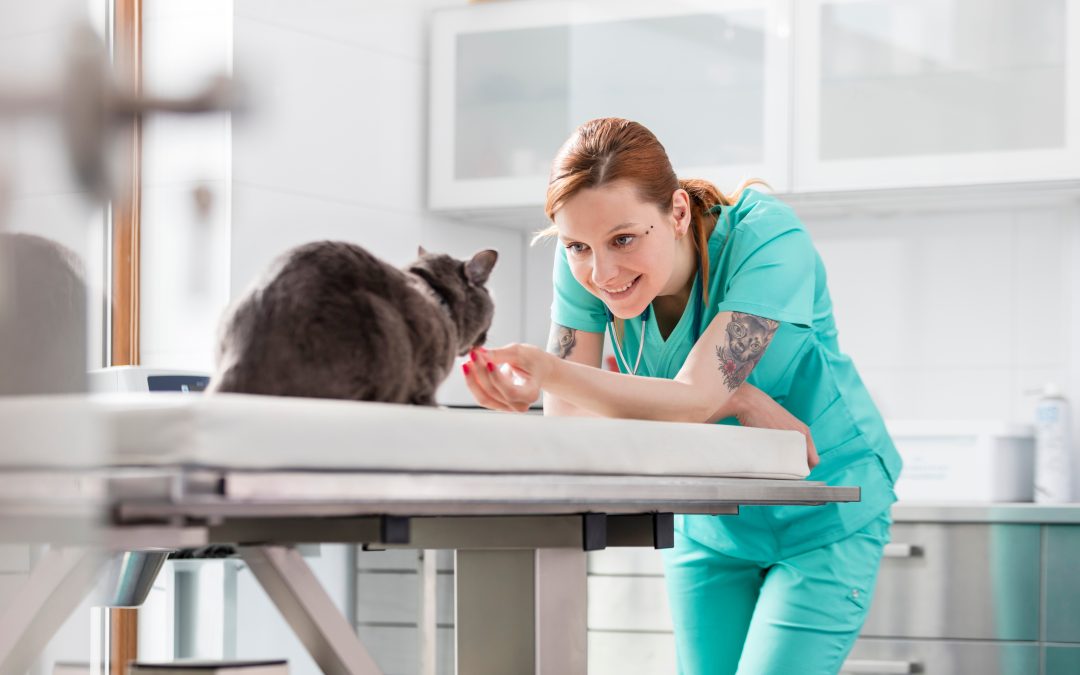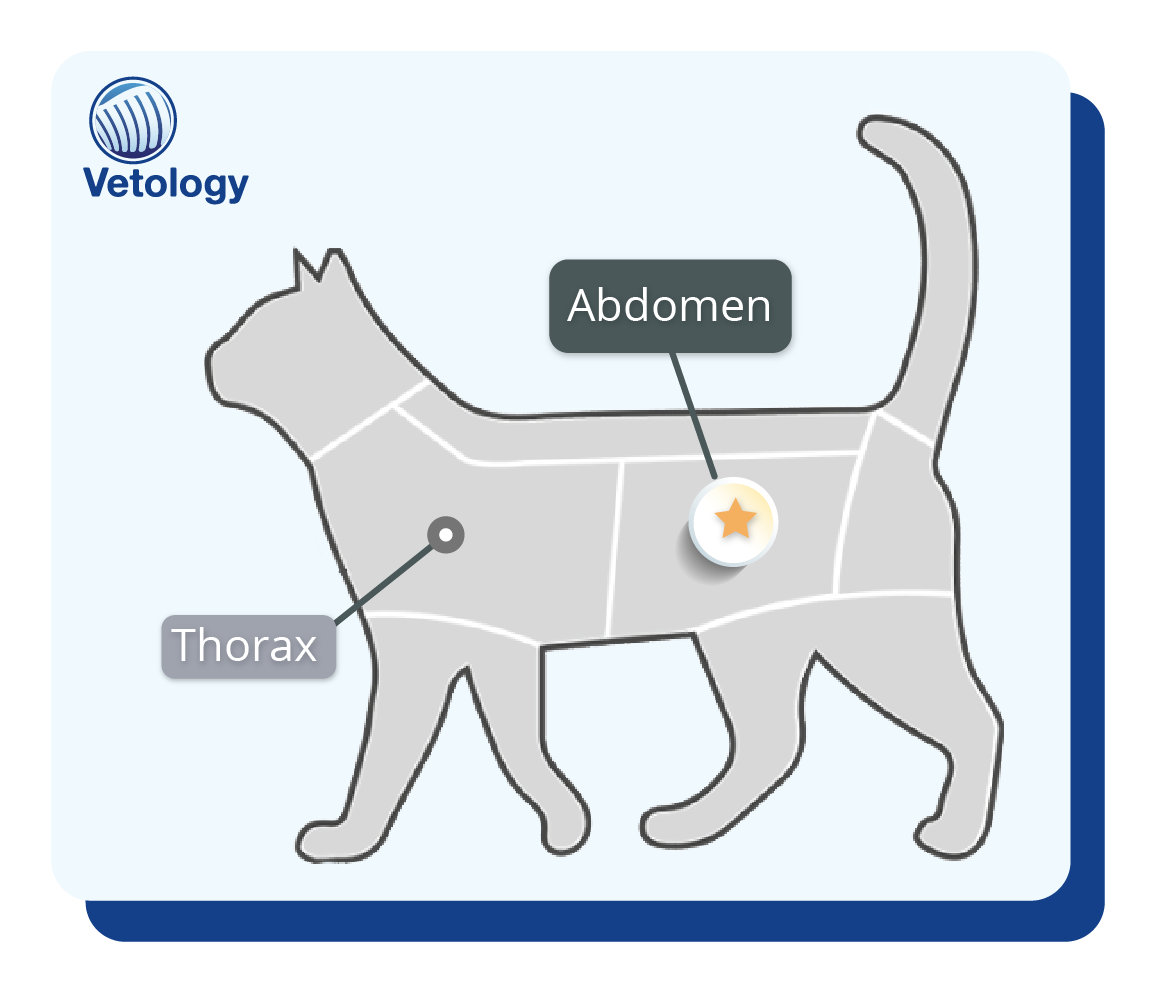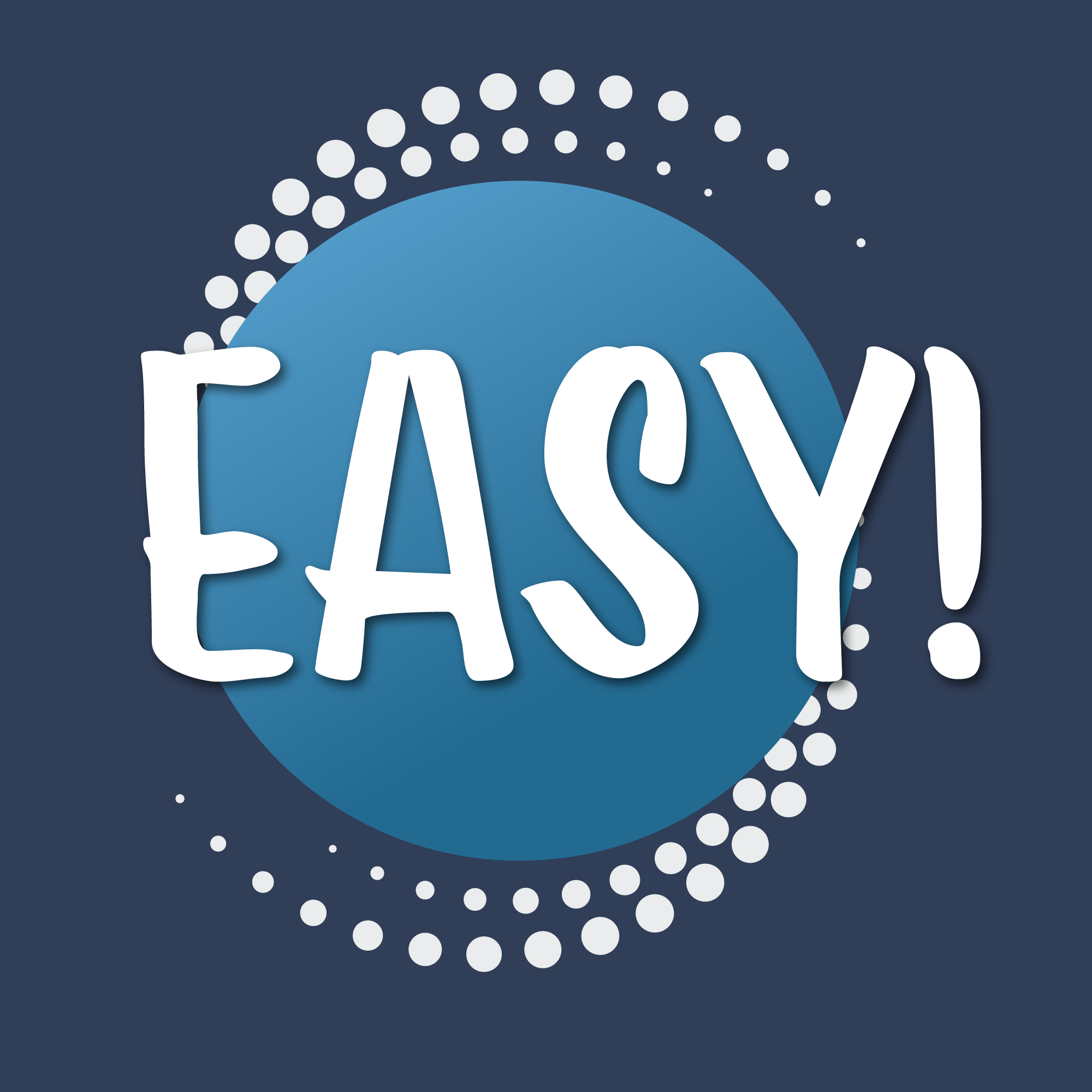
New Release: Features of our AI-Radiology Reports for the Feline Abdomen
We’re excited to introduce our newest addition to the Vetology suite:
This new release takes our AI Radiology Reports to the next level by automating the analysis of feline abdominal radiographs.
Introducing Enhanced AI-driven Conclusions
This enhancement enables our AI to deliver richer, more detailed conclusions in the familiar style of a boarded radiologist’s report, offering actionable insights on screening results. As part of our feline abdomen release, AI report conclusions will include suggested next steps and differential diagnoses when appropriate, providing additional context to the report’s findings.
At Vetology, our AI is continuously evolving. Your feedback — both in-app and in-person — plays a vital role in shaping regular updates and improvements.
In the coming months, you can expect to see matching updates and richer conclusions in our canine abdomen reports.
Summary of the conditions and disease processes (classifiers) included in our Feline Abdomen Automated AI Radiology Reports:

Liver: Hepatomegaly, Hepatic Masses
Spleen: Splenomegaly
Kidneys: Renomegaly (L + R), Nephroliths (L + R)
Urogenital: Urocystoliths, Urethroliths, Mineralized Fetal Skeletons (signs of pregnancy)
Gastrointestinal Tract: Mineral/metal Gastric Material, Gastric Rugal Folds, Megacolon
Peritoneum: Decreased Serosal Detail
Move through the diagnostic pathway more swiftly, and Free up valuable time to spend with patients and owners
By offering more contextual observations and fast screening results, our AI acts as a second set of eyes to confirm your own findings and boost your confidence in diagnostic and treatment planning for your patients.

Imagine This:
You’ve just uploaded a well-exposed, well-positioned feline abdominal radiograph. Before you even move on to your next task, the AI screening report is ready—delivered to you within minutes.
The Best Part?
You didn’t need to change a thing. No extra steps, no software updates. The report appears seamlessly in the platform, linked to your case radiographs, just like all your other Vetology reports.
This Isn’t Science Fiction!
Feline Abdomen AI Radiology Reports are available to all Vetology AI subscribers now! Share the good news (and this email) with your medical team. Log in to Vetology.net below, and see it in action with your first feline abdomen radiograph!



